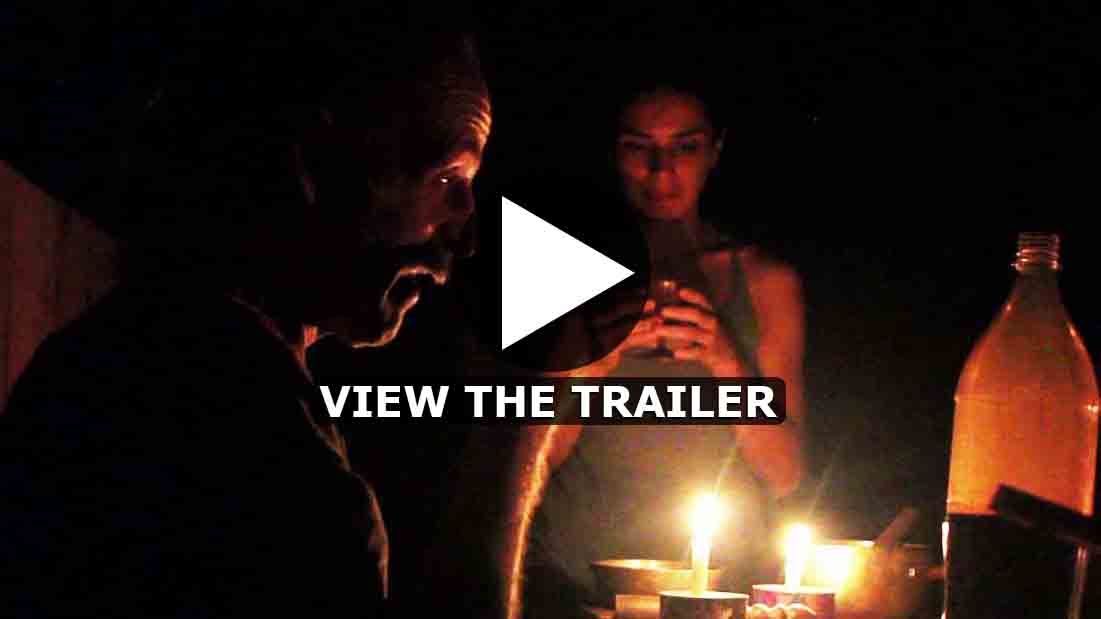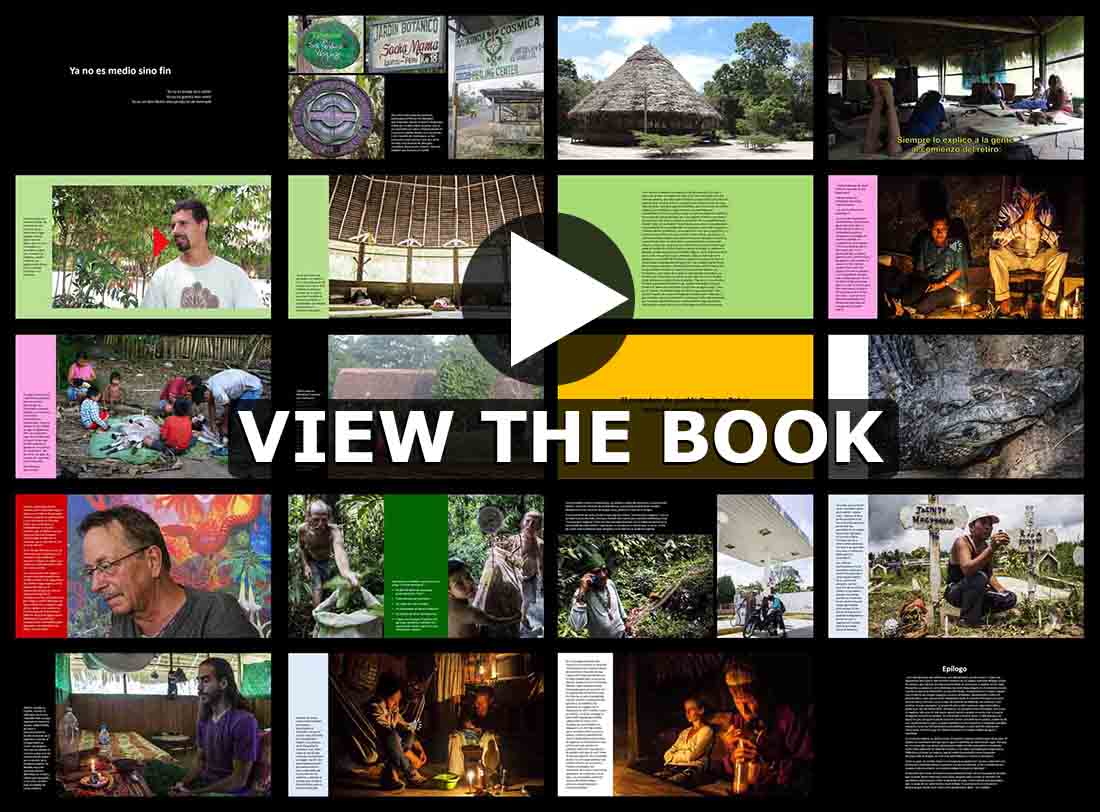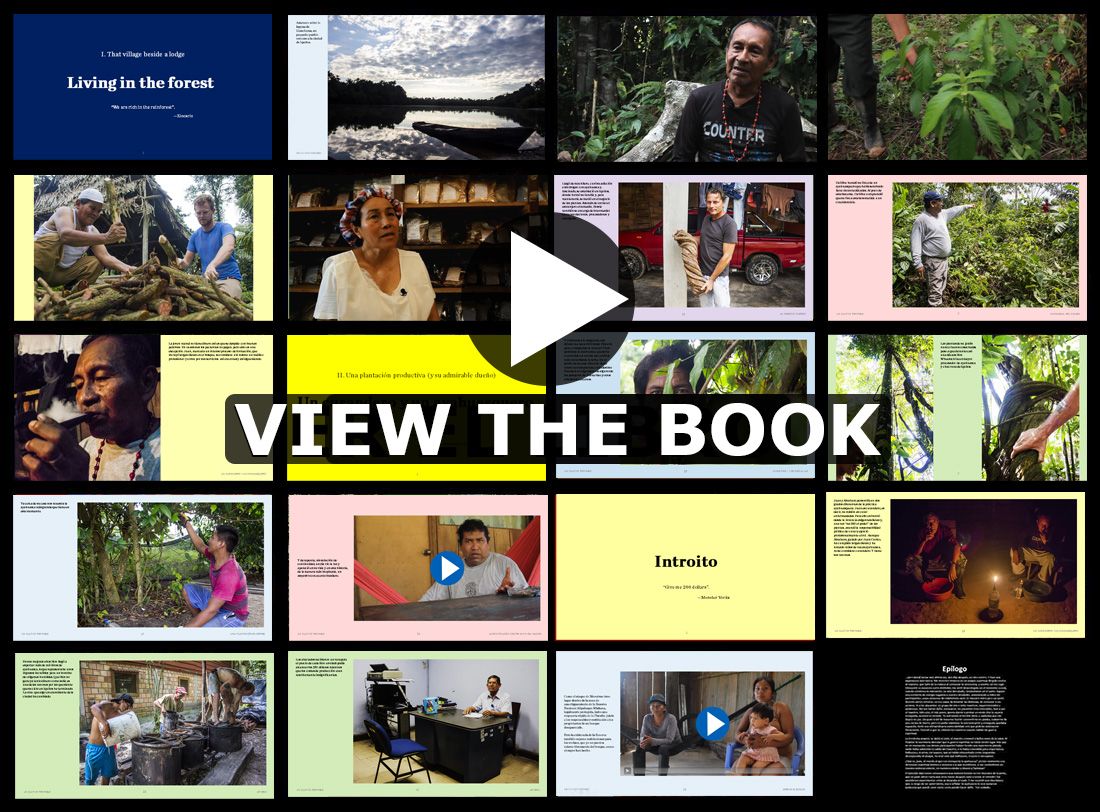I. Ayahuasca, Iquitos and Monster Vorax
Every year, thousands of westerners travel to the capital of Peruvian rainforest, in their quest to experience the powerful visionary remedy. In this way, an indigenous practice, condemned to disappearance by missionaries and bureaucrats, lives a new golden age. From the traditional healer who takes care of the locals, to the comfortable spiritual retreat centres frequented by foreigners, this book will immerse you in the thrilling world of Iquitos shamanism and the profound transformations that so-called “ayahuasca tourism” is provoking in traditional practices. And Monster Vorāx: the ecological implications of the increasing demand, and the disturbances that substantial incomes are producing in local societies.
II. A Cash Crop
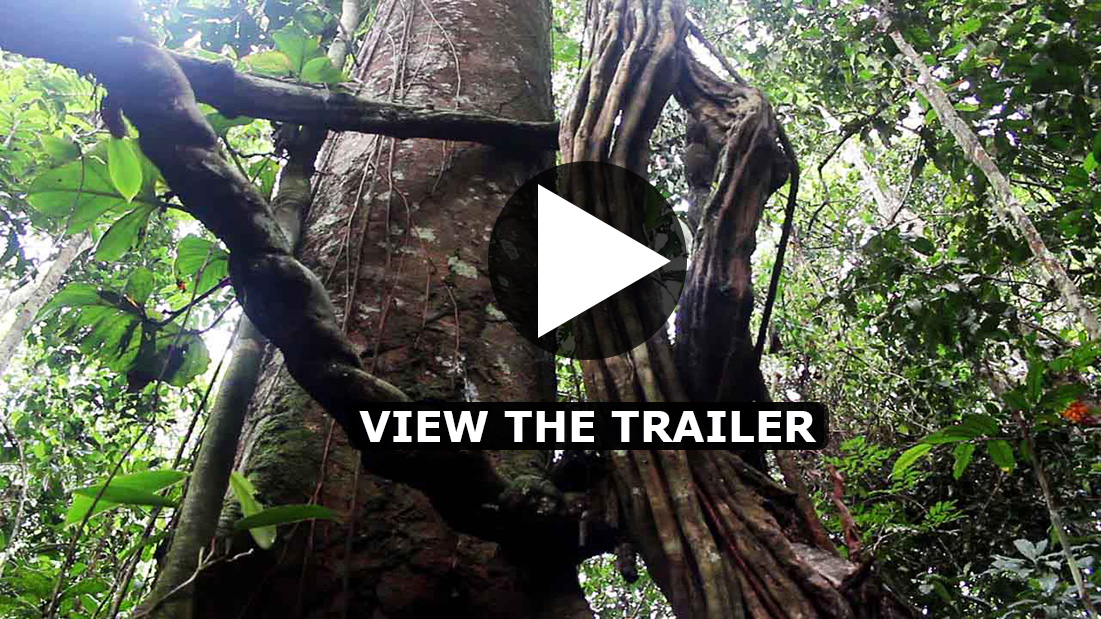 The ayahuasca boom has generated a prosperous business of harvesting, planting, processing and exportation in Iquitos. Although ayahuasca drinkers often claim to experience an ecological awakening, their epiphany results in the eradication of the vine in large areas of the Amazon rainforest: yet another blow to biodiversity.
The ayahuasca boom has generated a prosperous business of harvesting, planting, processing and exportation in Iquitos. Although ayahuasca drinkers often claim to experience an ecological awakening, their epiphany results in the eradication of the vine in large areas of the Amazon rainforest: yet another blow to biodiversity.
A Cash Crop shows how a once abundant and commercially worthless plant species has become an increasingly scarce and expensive product of mass consumption. The book gives voice to people like: Abraham Guevara, owner of a small plantation that provides the vine to middlemen in Iquitos; Ronald Wheelock, for a long time the world’s most productive cook; Elizabeth Bardales, owner of a thriving business for processing medicinal plants; and Javier da Silva, a healer whose garden suffers an invasion of the vine. And many more.
Why a multimedia book?
The irruption of the electronic screen has changed our way of communicating. Today we use texts, sounds, photographs and videos every day to tell and be told. Although the media also draws upon these elements to compose their stories, the result tends to lack coherence: the text of a journalist on the one hand; the images of a photographer; the films of a third party. More than a story, it is a juxtaposition of different stories. This series of multimedia books Ayahuasca, Iquitos and Monster Vorax is an original contribution to telling stories through the screen. Book, because it is a succession of pages that tell a story sequentially; multimedia, because texts, photographs, videos or sounds alternate throughout the pages.
What will you buy?
For 10 dollars you will have access to the two multimedia books produced so far and to all those produced in the future. The books are not downloadable but they are online to stream as many times as you want.
 Is ayahuasca a visionary plant? That is what they say, but everything is up for debate.
Is ayahuasca a visionary plant? That is what they say, but everything is up for debate.
 Benigno Dahua, the village curandero, wants to set up his lodge to host tourists.
Benigno Dahua, the village curandero, wants to set up his lodge to host tourists.
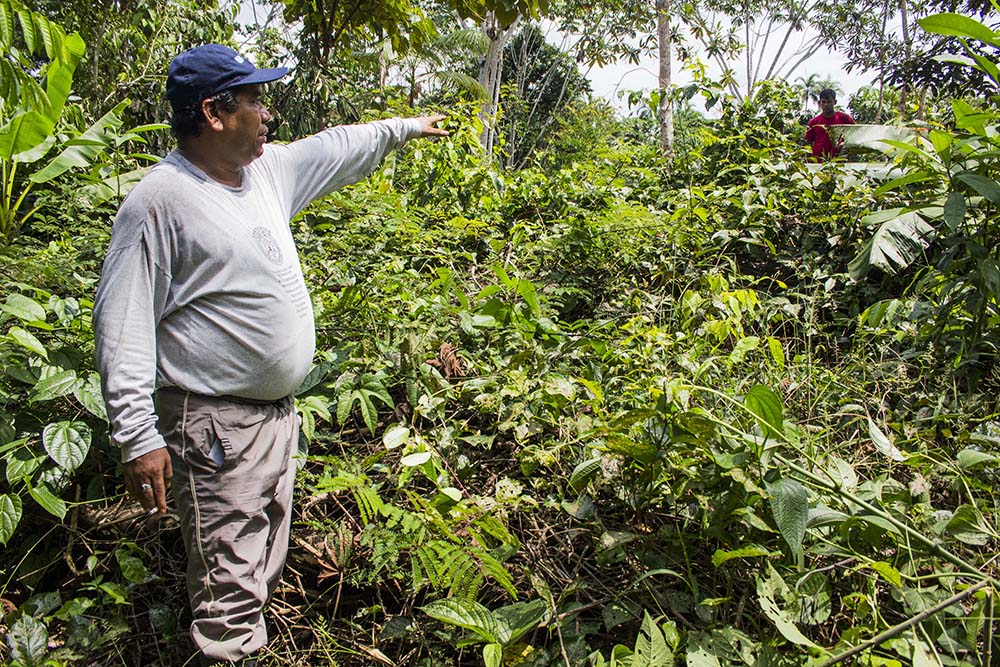
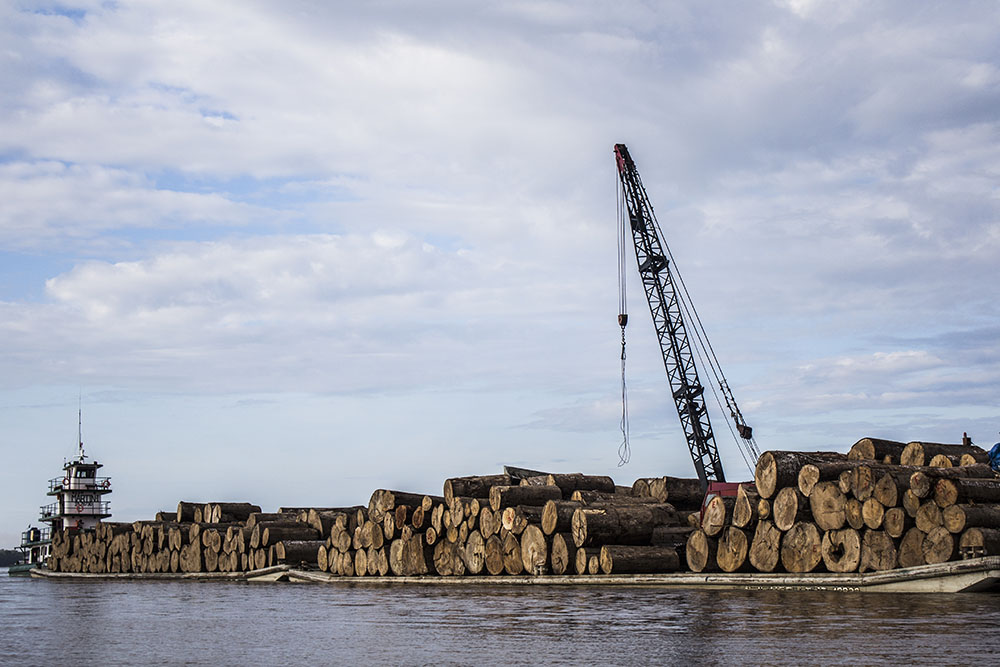
 Francisco Montes, owner of the Sachamama lodge, where a huge specimen of ayahuasca grows.
Francisco Montes, owner of the Sachamama lodge, where a huge specimen of ayahuasca grows.
 Alan Shoemaker, one of the pioneers of the ayahuasca movement in Iquitos.
Alan Shoemaker, one of the pioneers of the ayahuasca movement in Iquitos.
 Bowie van der Kroon has been processing and exporting medicinal plants for fifteen years.
Bowie van der Kroon has been processing and exporting medicinal plants for fifteen years.
 Abraham Guevara has a small ayahuasca plantation and complains about middlemen.
Abraham Guevara has a small ayahuasca plantation and complains about middlemen.
 Ron Wheelock, the gringo shaman, one of the most productive cooks in Iquitos.
Ron Wheelock, the gringo shaman, one of the most productive cooks in Iquitos.
 Colombian-American doctor Joe Tafur has a bold theory about how ayahuasca works.
Colombian-American doctor Joe Tafur has a bold theory about how ayahuasca works.
 Forestry engineer Elizabeth Bardales has modernized the processing of ayahuasca.
Forestry engineer Elizabeth Bardales has modernized the processing of ayahuasca.
 The lodges of Iquitos employ many people of the surrounding villages.
The lodges of Iquitos employ many people of the surrounding villages.
 The great demand for ayahuasca is entailing its eradication from extensive areas of the rainforest.
The great demand for ayahuasca is entailing its eradication from extensive areas of the rainforest.
 Elocario lives in a town near a lodge, which buys ayahuasca from him at a good price.
Elocario lives in a town near a lodge, which buys ayahuasca from him at a good price.
 In Iquitos and its surroundings there are more than 50 lodges that offer “traditional” treatments to tourists.
In Iquitos and its surroundings there are more than 50 lodges that offer “traditional” treatments to tourists.
 The ayahuasquero Lucho Panduro, who has no qualms about talking about the habitual shamanic wars.
The ayahuasquero Lucho Panduro, who has no qualms about talking about the habitual shamanic wars.
Carlos Suárez Álvarez

I am the author of Ayahuasca Trilogy, which includes the novel Ayahuasca, Love and a Troubled Soul (White Monkey Books), the photobook Ayahuasca Entre Dos Mundos (Libros del Mono Blanco), and the multimedia project Ayahuasca, Iquitos and Monster Vorax. I hold a Master’s Degree in Amazonian Studies from the Universidad Nacional de Colombia, cum laude, and a degree in Journalism from the Universidad Complutense de Madrid. Since 2007 I have lived in the Colombian city of Leticia, on the banks of the Amazon River. My work has been reviewed in numerous interviews, such as this one in the newspaper Público, this one in the magazine Cáñamo or this one on the website Visión Shamánica.
Support my work
I am an independent researcher dedicated to telling stories about the indigenous peoples of the Amazon. Through video, photography and literature I am building a broad fresco of these societies. The freedom with which I do this is possible thanks to the fact that I am not linked to any great editorial medium, which, of course, implies financial problems. If you want to support my work you can make a donation, which will be duly appreciated in my forthcoming publications.

Books that contributed to this book
Several books and articles have contributed to my understanding of ayahuasca shamanism and the profound transformations that are taking place.
First I would like to mention the outstanding monograph Singing to the Plants, by Stephan Beyer (The University of New Mexico Press). It is an exhaustive and enjoyable book that I have used to shed light on my own findings. Two other essential reference works are the doctoral theses of Marlene Dobkin de Ríos, The Use of Hallucinogenic Susbtances in Peruvian Amazon Folk Healing, and Luis Eduardo Luna’s Vegetalismo.
Works by Beatriz Caiuby Labate are also essential in understanding the world of ayahuasca in the context of its internationalization. Labate has co-edited several volumes that compile articles of different authors. In The Internationalization of Ayahuasca (LIT-Verlag), co-edited with Henrik Jungaberle, I would like to highlight the article by Bernd Brabec de Mori, Tracing Hallucinations: Contributing to a Critical Ethnohistory of Ayahuasca Usage in the Peruvian Amazon, that questions the supposed millenarian usage of ayahuasca throughout the Amazonia. Also coedited by Labate, in this case with Clancy Cavnar, is the volume Ayahuasca Shamanism in the Amazon and Beyond. Among all the articles included, I would like to mention Françoise Barbira Freedman’s Shamans’ Network in Western Amazonia, Evgenia Foutiou’s On the Uneasiness of Tourism, and Labate’s The Internationalization of Peruvian Vegetalismo.
Also, about the origin of ayahuasca usage and its expansion I would like to mention Gayle Highpine’s Unraveling the Mystery of the Origin of Ayahuasca, Peter Gow’s Shamanism and History in the Western Amazonia, and Glenn Shepard’s Will the Real Shaman Please Stand Up?
Finally, in order to understand the dynamics of societies that occupy the Amazon forest, my bedside book is Sociedades Bosquesinas by Swiss anthropologist Jürg Gasché, an essential work.







